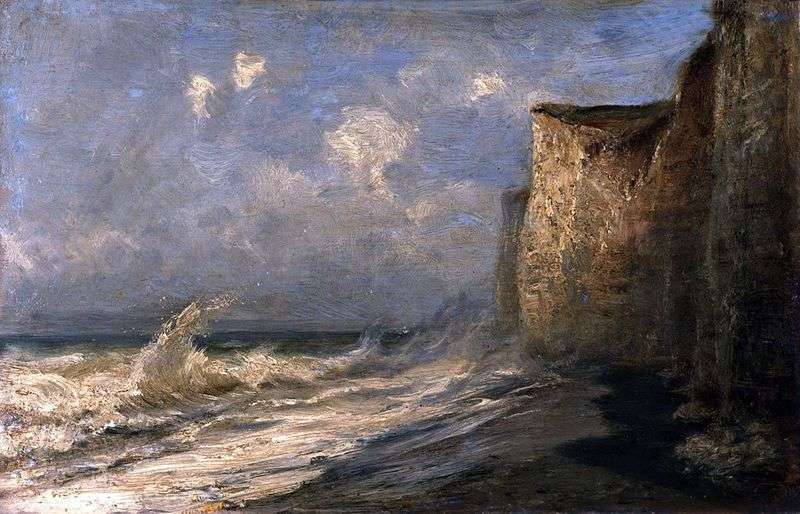
The picturesque talent of Alexei Petrovich Bogolyubov unfolded in all its splendor in the 80-90s of the XIX century. Kramskoi’s remark that Bogolyubov has “a huge European technique, well mastered by him and some writing of the landscape,” refers to the artist’s work of the 60s and 70s. But even then, Kramskoy noted, “what is most evident in him is the presence of a talent, these are his sketches, in which he is even positively original.” The sketch of Bogolyubov grows into a picture, in fact, he is the creator of such a sketch-picture.
This special kind of sketch, which preserved all the charm of a living, real nature and carries the completeness of the picture, can be called “Bogolyubovsky.” Who saw a lot of works of Bogolyubov namely the period of the 80-90s, he knows this feature of his work, which clearly distinguishes Bogolyubov from the general environment of Russian landscape painters. In these sketches, Bogolyubov appears as a kind of seascape painter and painter. Bogolyubov perfectly knows the sea in all its manifestations.
It was this that enabled him to create such a true image of a stormy sea, to show it so realistically, as tangibly as a few did. The sea of Bogolyubov, then stormy, restless, foaming and swirling, runs to the shore, now majestic and boundless, covered with lambs of waves, it is always in motion, it saturates the air with moisture and a blinding splash of spray. It was in sketches, and especially in the last period, that Bogolyubov’s completely truthful, realistic art unfolded.
All the best that Alexei Petrovich gathered for many years in his home was transferred after his death to the Saratov Art Museum named after AN Radishchev. Among them there were dozens of such sketches, that if Bogolyubov had not created anything more in his entire life, then even then he could deservedly be considered the pride of Russian realistic art.
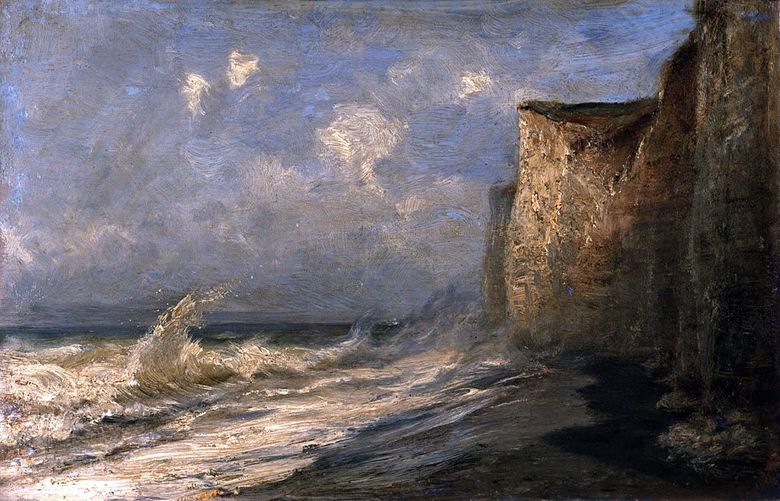 Etretat. Marée basse (France) – Alexey Bogolyubov
Etretat. Marée basse (France) – Alexey Bogolyubov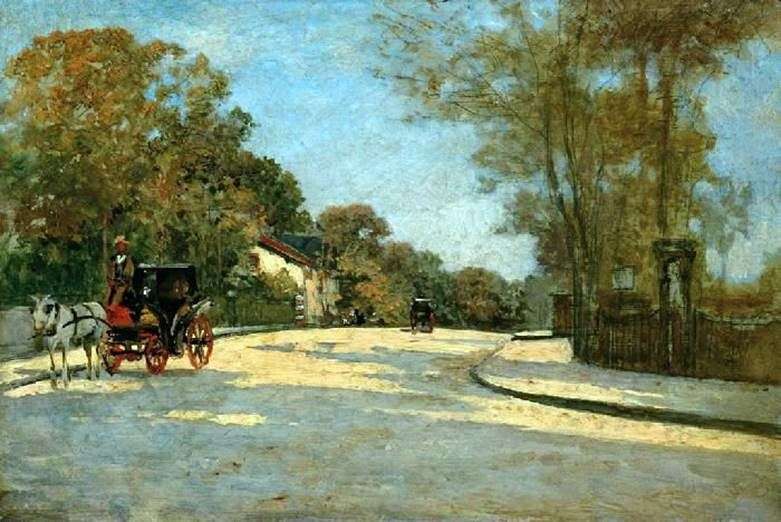 Farm in Chamboduan. France by Alexei Petrovich Bogolyubov
Farm in Chamboduan. France by Alexei Petrovich Bogolyubov Etretat. Marea baja (Francia) – Alexey Bogolyubov
Etretat. Marea baja (Francia) – Alexey Bogolyubov Vika Coast by Alexey Bogolyubov
Vika Coast by Alexey Bogolyubov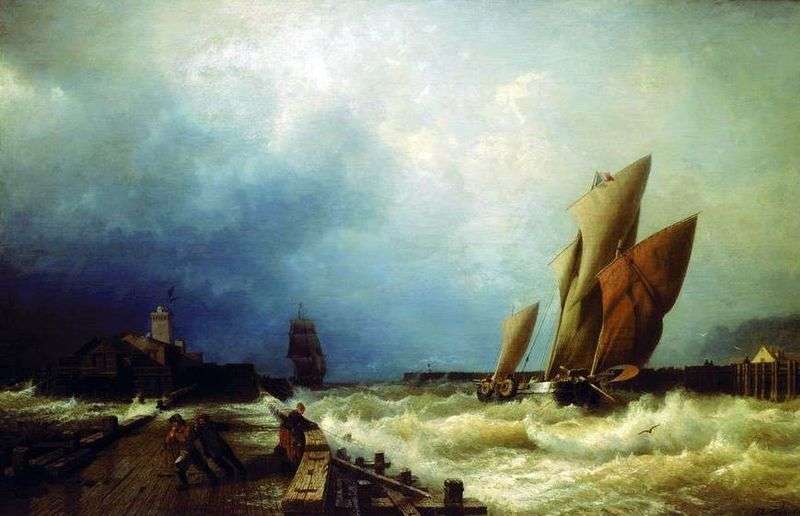 The entry of a fishing vessel into a storm in the harbor of Saint-Valery in Ko-Alexey Bogolyubov
The entry of a fishing vessel into a storm in the harbor of Saint-Valery in Ko-Alexey Bogolyubov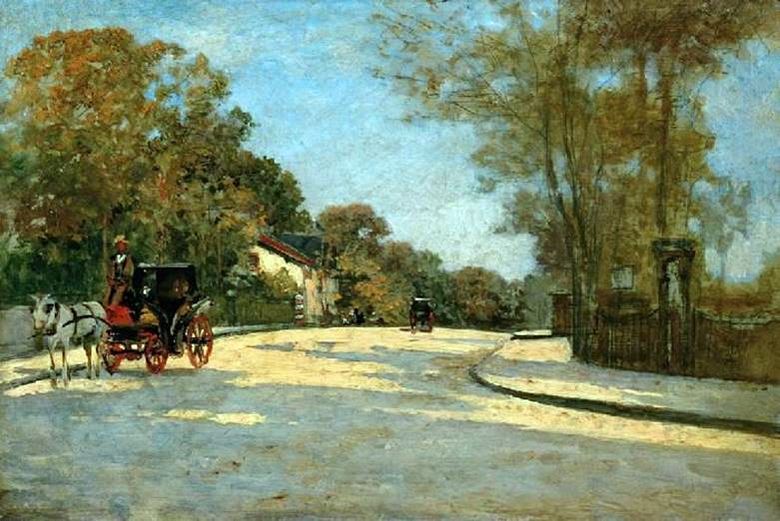 Ferme à Shamboduan. France – Alexey Petrovich Bogolyubov
Ferme à Shamboduan. France – Alexey Petrovich Bogolyubov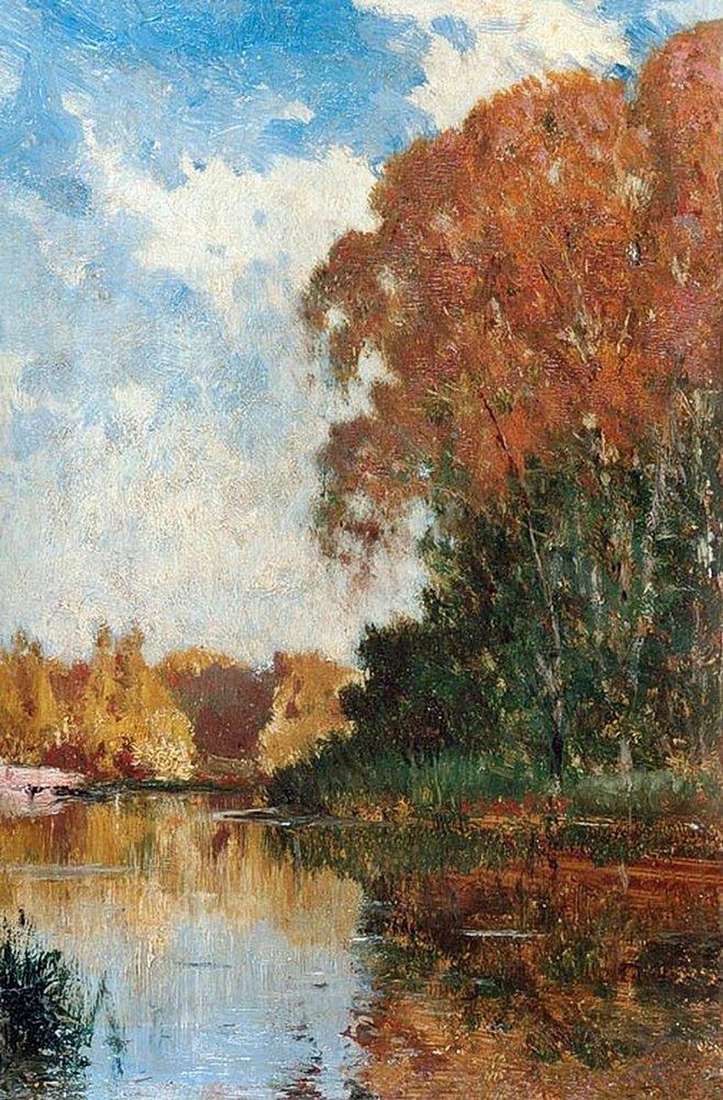 Pond in Petrovsko-Razumovsky by Alexey Bogolyubov
Pond in Petrovsko-Razumovsky by Alexey Bogolyubov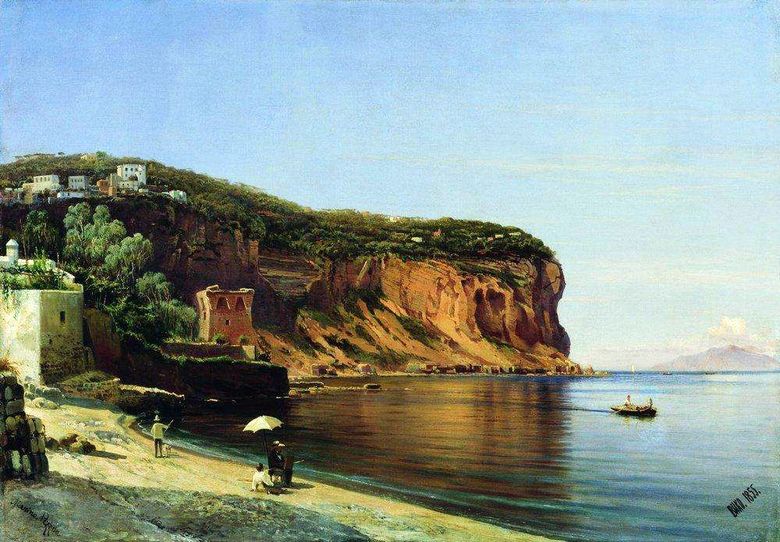 Plage de Vico – Alexey Bogolyubov
Plage de Vico – Alexey Bogolyubov